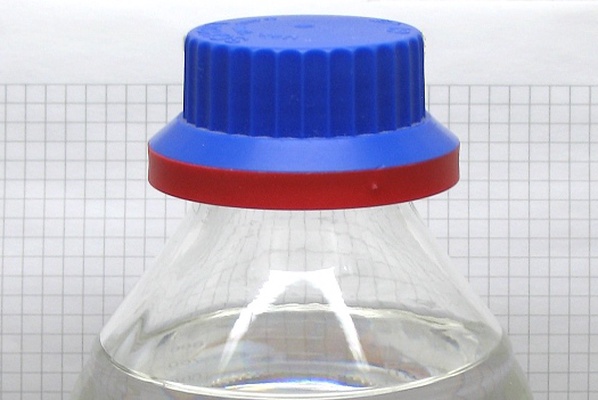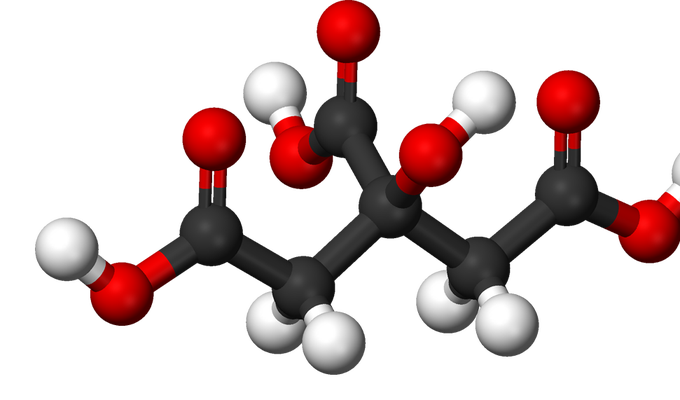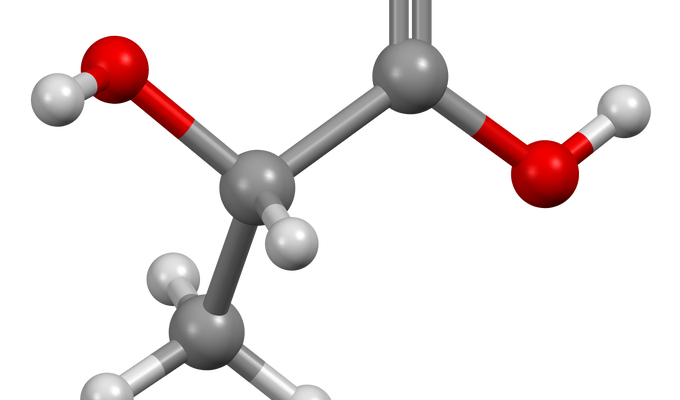Acids are substances that release hydrogen ions (protons) in water, causing a wide range of changes in foods. Many acids occur naturally in foods and have been used for millennia for their ability to increase flavor, form salts, and enhance texture and preservability.
Acids are common in many fruit juices, including all citrus and tamarind. They occur as a result of fermentation, especially in vinegar or in fermented dairy products such as yogurt and buttermilk.
The contributions of acids in food includes
- Flavor Enhancement: Acids add brightness and depth to dishes. Ingredients like citrus juice, vinegar, and tamarind are used to achieve tartness and balance the richness of fats or the sweetness of sugars. For example, a squeeze of lemon can lift the flavor of seafood or roasted vegetables.
- Marination and Tenderization: Acidic components in marinades, such as vinegar or yogurt, break down proteins in meat, making them more tender and flavorful. This process also infuses flavors into the meat.
- Chemical Leavening: In baking, acids react with alkaline ingredients, such as baking soda, to produce carbon dioxide, which helps dough rise. Common acidic ingredients in baking include buttermilk, cream of tartar, and lemon juice.
- Preservation: Acids inhibit microbial growth, making them effective in preserving foods. Vinegar, for instance, is essential in pickling, creating an environment hostile to spoilage organisms.
- Color and texture modification: Acids help retain the bright colors of fruits and vegetables by stabilizing pigments like anthocyanins. Additionally, acids like vinegar or lemon juice can firm the texture of fruits and vegetables during cooking or preparation.
- Dairy applications: Acids are used to curdle milk in the production of cheeses and fermented dairy products. Lactic acid bacteria, which produce acid during fermentation, are responsible for the tangy flavor and texture of yogurt and sour cream.



